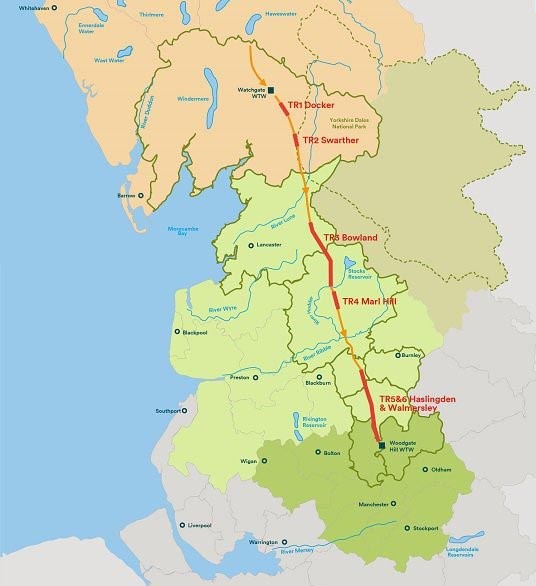
- +44 (0)1953 454540 enquiries@stuartwells.co.uk
Loading ...

Client: Soil-Engineering
Location: Rossendale, Lancashire
Duration: September to December 2020
Project Overview: The Haweswater Aqueduct built between 1933 and 1955 is a 109 km pipeline which has been supplying water to people in the North West for over sixty years. Following concerns of risks that may impact the future water supply, investigations have been carried out since February 2019 to aid the development of proposals for future works on the aqueduct. To that end, Stuart Wells Ltd (SWL) carried out three pumping tests, as part of the site investigation project for the Haweswater Aqueduct Resilience Programme (HARP).
The Objectives of the Pumping Tests:
1. Provide additional information to determine the hydraulic properties of the subsurface carboniferous bedrock and the hydraulic connectivity of the bedrock units.
2. These parameters are then used by the main works contractor to design the temporary groundwater control measures for shaft construction.
3. The testing also provided the necessary hydrogeological data required to support applications for the necessary Environmental Permits for groundwater abstraction and discharge.

Copyright © 2024 Stuart Wells Limited, all rights reserved.